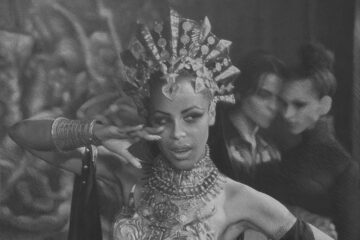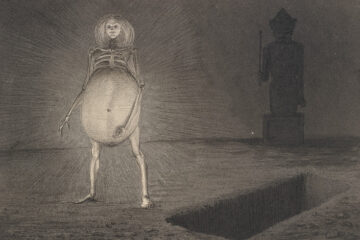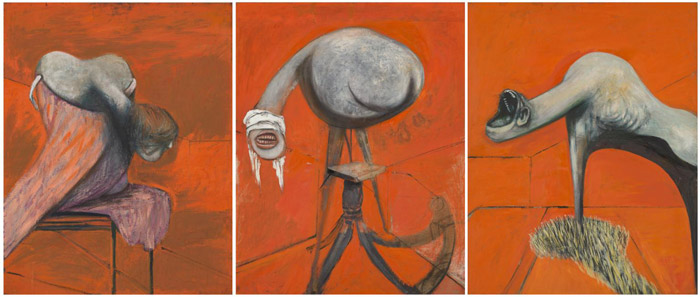
“Francis Bacon: Invisible Rooms” at Tate Liverpool is the largest Francis Bacon exhibition ever staged in the north of England. Displaying more than 30 paintings, alongside a group of rarely seen drawings and documents.
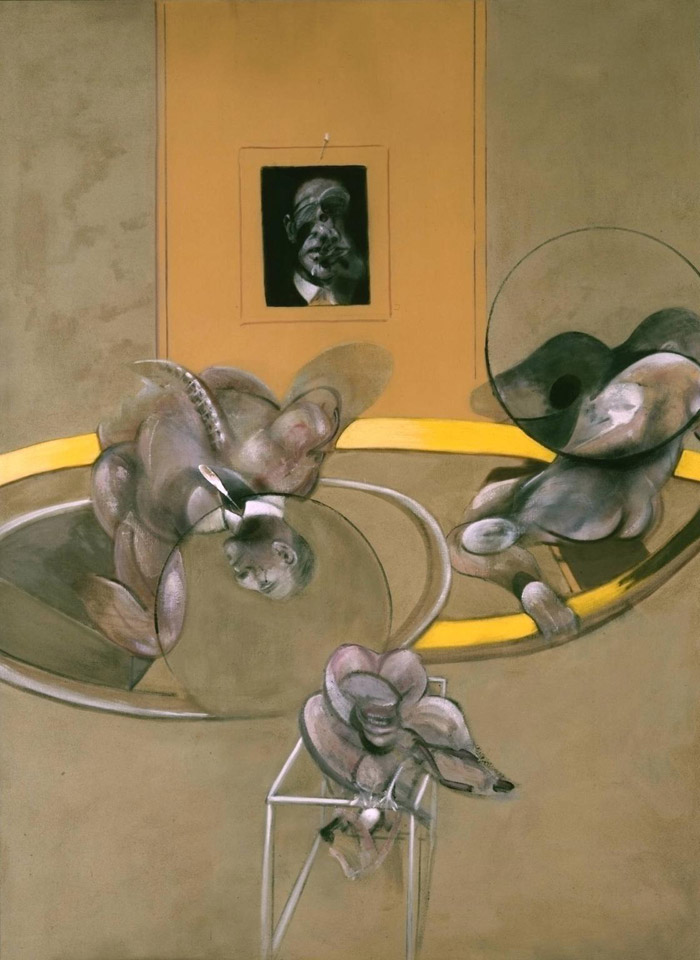
Francis Bacon often painted a ghost-like frame or structure around the subjects of his paintings. This powerful device skilfully draws our attention to the figures within his work, intensifying their emotional state to us the viewer.
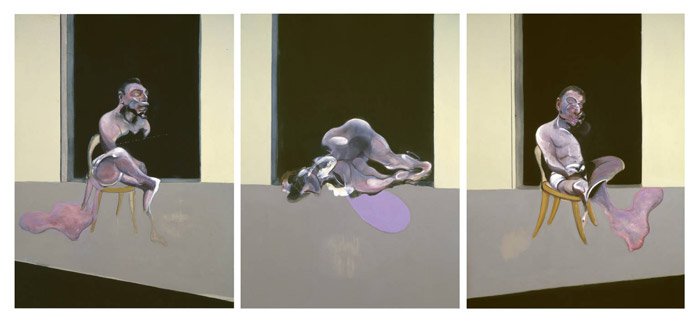
Francis Bacon was a maverick who rejected the preferred artistic style of abstraction of the era, in favour of a distinctive and disturbing realism. Growing up, Bacon had a difficult and ambivalent relationship with his parents – especially his father, who struggled with his son’s emerging homosexuality.
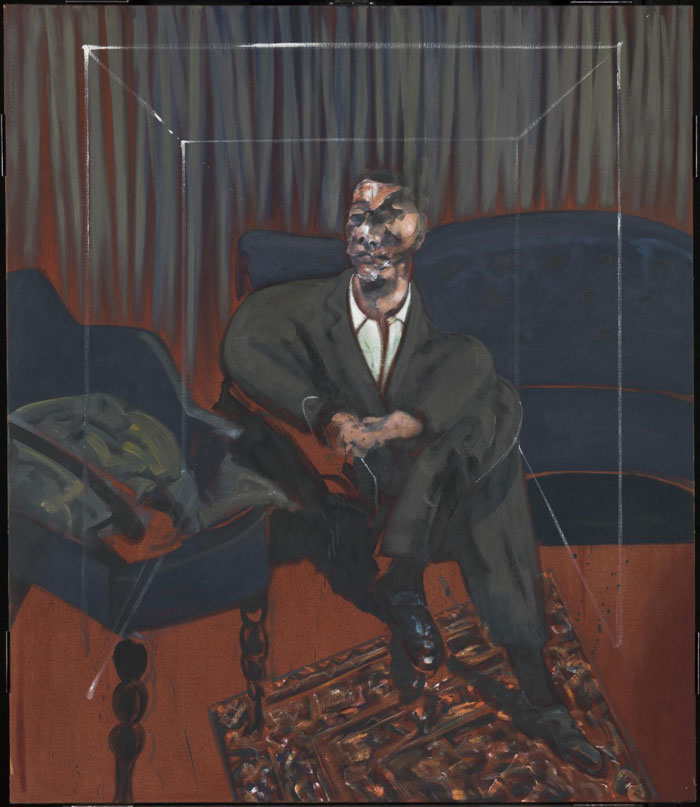
This contributed to a troubled childhood; he ran away from school, and subsequently drifted through the late 1920s and early 30s in London, Berlin and Paris, living off his allowance and occasional jobs, and dodging the rent. When in London, he lived in the epicentre of the bohemian scene; a regular in Soho, he led a hedonistic life.
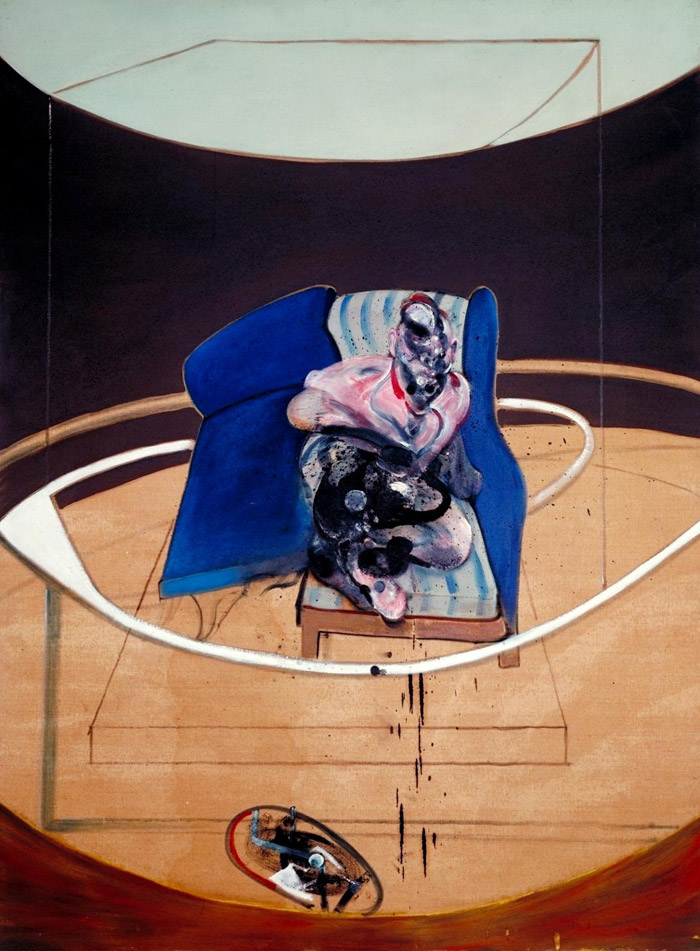
From the mid-1940s his work met with critical success, establishing his reputation. Today, he is recognised as one of the most important painters of the twentieth century.
Francis Bacon: Invisible Rooms
18.05.2016 – 18.09.2016
Images courtesy of The Estate of Francis Bacon and Tate
Discover: www.tate.org.uk

